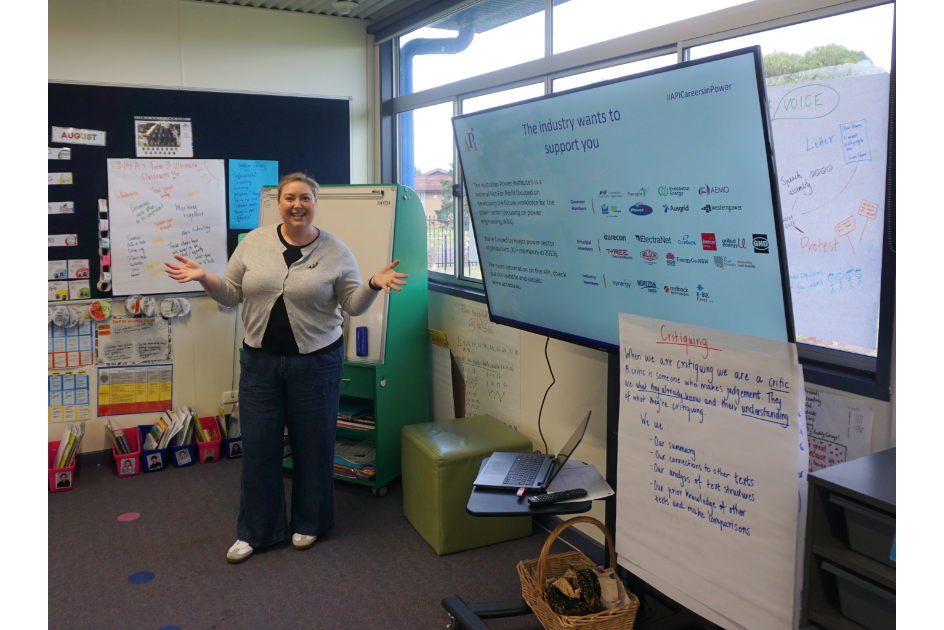Staying positive for women in engineering - a personal essay from a female engineer
- Emily Marschke

- Dec 13, 2023
- 3 min read
In recent times, a remarkable transformation has been unfolding within the engineering field. Women, previously overlooked, have not only made substantial progress but have also risen to prominence in conferences and forums, surpassing the confines of dedicated Women in Engineering panels.
And now I am reflecting on last week's IEEE conference, a spectrum of thoughts flooded my mind, ranging from the intricacies of quotas and unconscious bias to the pervasive imposter syndrome. However, the Women in Engineering Lunch provided insights that deeply resonated with me.
It is crucial to recognize the challenges, to acknowledge that the path into the engineering profession differs for men and women.

Social stigmas and barriers persist, but amidst these difficulties, we must also celebrate the opportunities within the sector. As many young individuals, including my eldest, conclude their educational journeys and embark on future careers, the impact of our positivity becomes paramount. These young minds are eager to engage in conversations and seek advice about their future careers. Positivity is a powerful selling tool, and, truth be told, we have an incredibly exciting industry to showcase to all.
Dr. Deborah Evans underlined that all children are born with engineering creativity,
suggesting that we should start nurturing it early and continue to nurture it throughout their schooling. Regardless of conventional distinctions between boys' and girls' toys, there exists a universal desire to express creativity in unique ways. While building cars, bridges, and buildings is often labelled as engineering, the meticulous planning of a house, the organization of a bedroom, and the structured family holiday agenda also showcase essential engineering skills. These activities represent the talents of future designers, asset managers, and project managers – the engineers of tomorrow. Let's recognise and celebrate the potential in all our budding engineers.
Collaborating with Women in Engineering groups at universities has revitalised my enthusiasm for my career. The infectious positivity and excitement among girls and women studying engineering is palpable. This year, as my son graduated from high school, and I have had the opportunity to engage with numerous young boys and girls, discussing careers in engineering and advocating for the power sector (now just to convince him of the wonders of engineering). It has been an inspiring experience for me, and hopefully for them as well. If you ever have the chance to sit down with these young minds, seize it. Not only will it reaffirm your passion for your own career, but it will also in still a certain confidence in the future of our country. I've been genuinely moved by the number of students and parents eager to discuss their daughters' futures in engineering.
The slogan ‘if you can see it, you can be it’ rings true, as growing up we always look to what our parents and those around us to make our career decisions.
While recognising our history of being in the minority, we must also understand that the path is not perfect, and at time not always easy. Yet, positivity is contagious, and celebrating the potential of the future is crucial to encouraging new engineers, both female and male.
If the positive outlook hasn't convinced you, let's turn to the facts. Australia is grappling with a shortage of approximately 20,000 engineers, with the current annual output of 12,000 graduate engineers falling short of meeting the demand. Only 20% of these graduates are women. Dr. Evans presented a compelling argument – if the percentage of female engineering graduates were increased to achieve a balanced 50/50 ratio, Australia could produce the required 20,000 engineering graduates it needs annually.
Working together is the only way we are going to resolve this shortage.




Comments